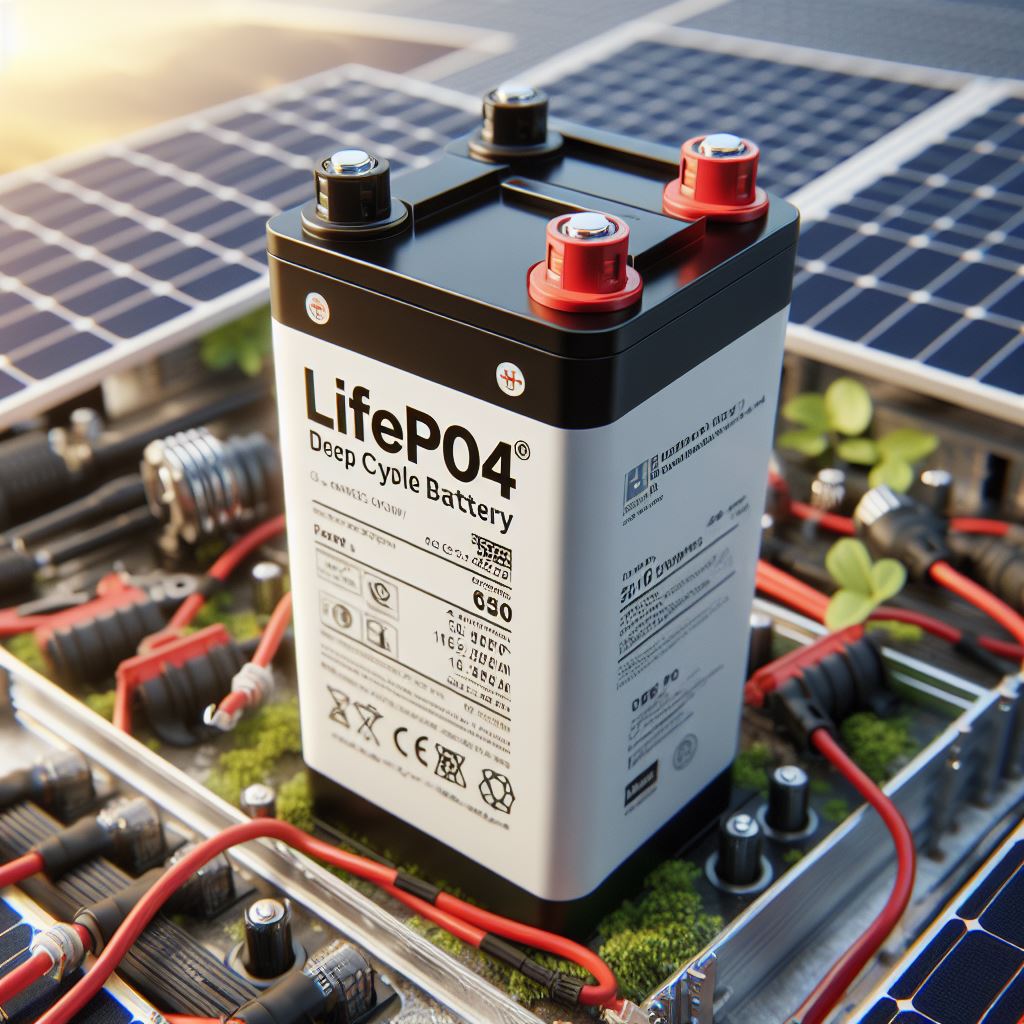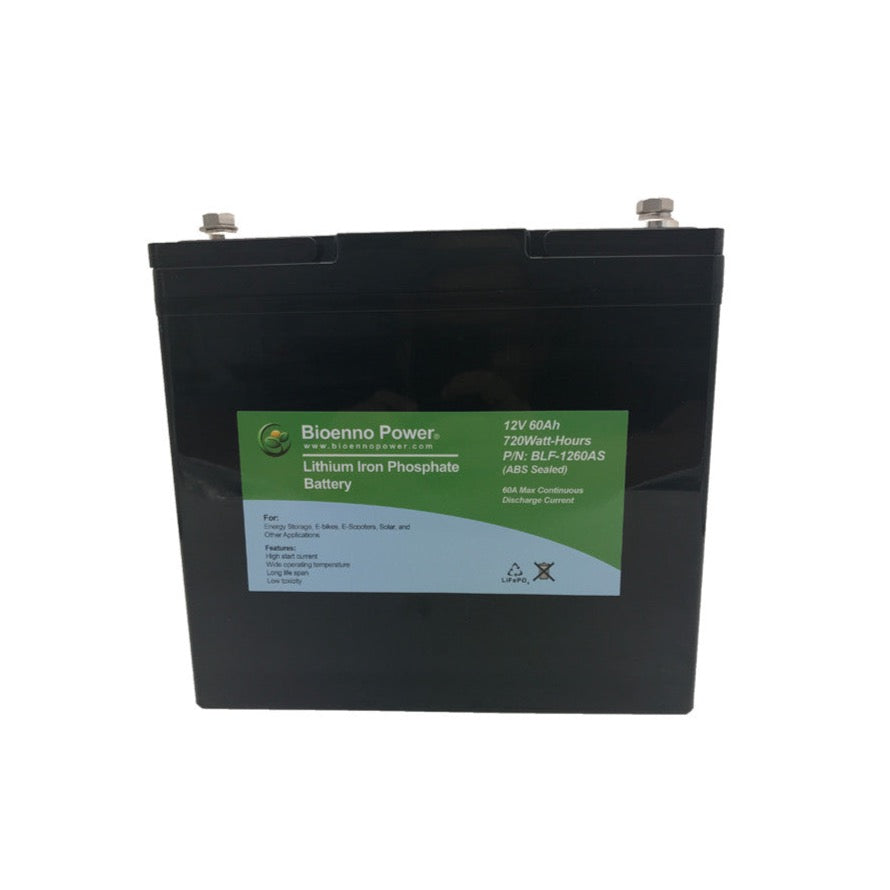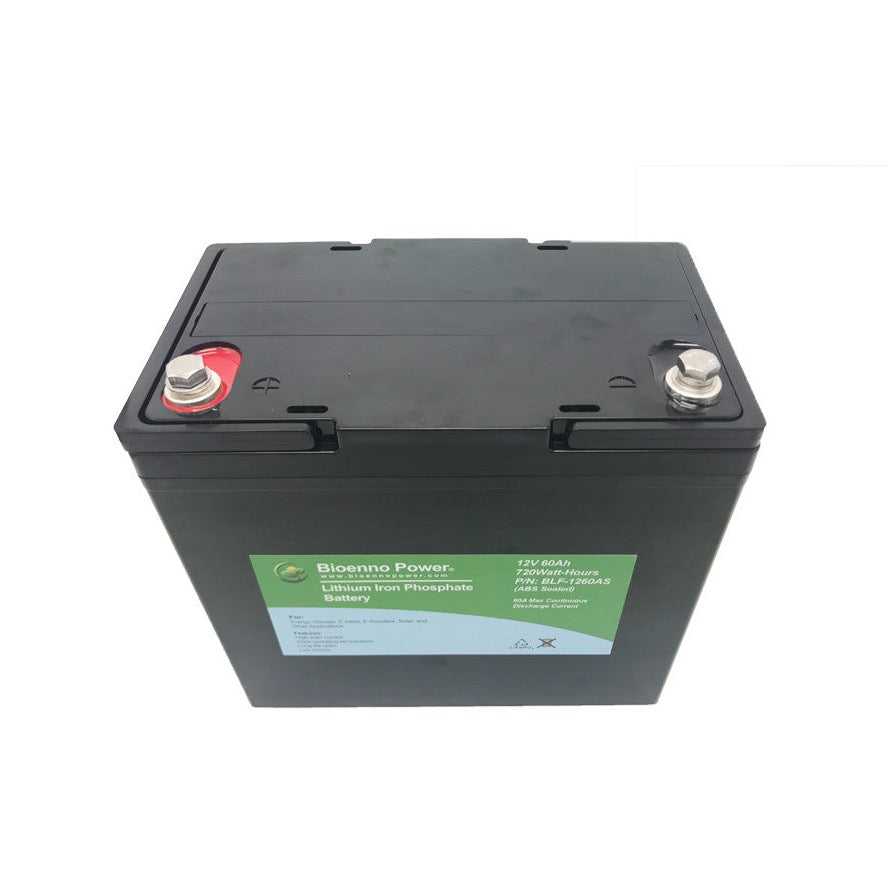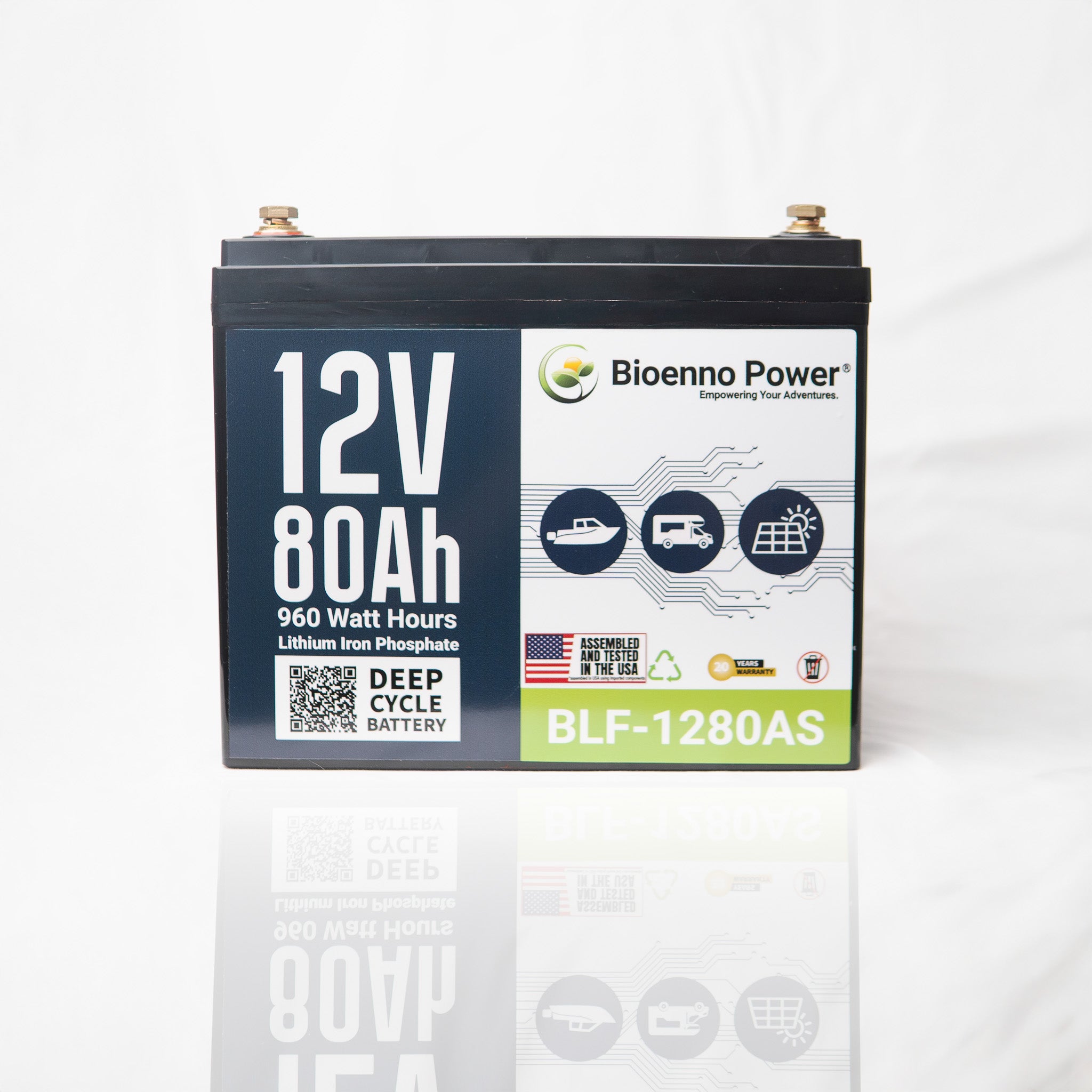Introduction: The Growing Importance of LiFePO4 Batteries in Renewable Energy Solutions
The landscape of renewable energy systems is constantly evolving, and LiFePO4 (Lithium Iron Phosphate) batteries are increasingly becoming the cornerstone for a wide range of applications, from solar power installations to wind energy solutions. With exceptional features like long cycle life, excellent thermal stability, and high energy density, LiFePO4 batteries are revolutionizing how energy is stored and distributed.
Why LiFePO4 Batteries Stand Out
Safety and Reliability: Unlike traditional lithium-ion batteries, which can pose a fire risk due to volatile chemical compositions, LiFePO4 batteries are exceptionally stable and safe.
Energy Density: Although not as energy-dense as other lithium-ion chemistries, LiFePO4 still offers a compelling blend of energy density and safety, making it a favored choice in applications where space is limited but stability is crucial.
Cyclic Performance: LiFePO4 batteries outperform other types in terms of cycle life, often providing upwards of 2000 full charge/discharge cycles before capacity degradation becomes significant.
Applications of LiFePO4 in Renewable Energy Systems
Solar Energy Storage
Solar power systems can dramatically benefit from the integration of LiFePO4 batteries. These batteries can efficiently store excess energy generated during daylight hours, thus ensuring a constant power supply during nighttime or cloudy days.
Wind Energy Storage
Wind energy can be intermittent, but with LiFePO4 batteries in the system, energy storage becomes more reliable and efficient, enabling the harnessing of wind power even in the most unpredictable conditions.
Hybrid Systems
By combining LiFePO4 batteries with conventional energy sources, hybrid systems can offer a more reliable and continuous energy supply. These hybrid configurations are especially beneficial in remote areas where grid access is limited or unreliable.
Comparative Analysis: LiFePO4 vs. Other Battery Types

LiFePO4 vs. Lead-Acid: LiFePO4 batteries provide a significant advantage in terms of weight, requiring less physical space for the same amount of energy storage. Additionally, they can be deeply discharged without significant loss of capacity, unlike lead-acid batteries.
LiFePO4 vs. NMC (Lithium Nickel Manganese Cobalt Oxide): While NMC batteries may offer higher energy density, they do not match the thermal stability and safety characteristics of LiFePO4, making the latter a preferable choice for large-scale energy storage solutions.
Cost-Benefit Analysis of Implementing LiFePO4
The initial cost of LiFePO4 batteries may be higher compared to other types, but their long cycle life and lower maintenance requirements often translate to lower total ownership costs. Moreover, the safety features of LiFePO4 batteries can mitigate risks, further reducing long-term costs associated with potential damages or insurance.
Best Practices for Optimizing LiFePO4 Battery Performance
Temperature Control: Operating LiFePO4 batteries within their optimal temperature range can significantly extend their lifespan.
Regular Monitoring: Real-time data monitoring can identify potential issues before they escalate, allowing for timely maintenance and intervention.
Quality Chargers: Using high-quality chargers designed specifically for LiFePO4 batteries can optimize charge cycles and prolong battery life.
Conclusion: Why LiFePO4 is the Future of Renewable Energy Systems
LiFePO4 batteries offer an unparalleled combination of safety, reliability, and efficiency. As the renewable energy landscape continues to mature, the role of LiFePO4 in energy storage solutions is only set to grow. Investing in this cutting-edge technology is not just a wise decision for the present but a forward-looking strategy for a sustainable future.








